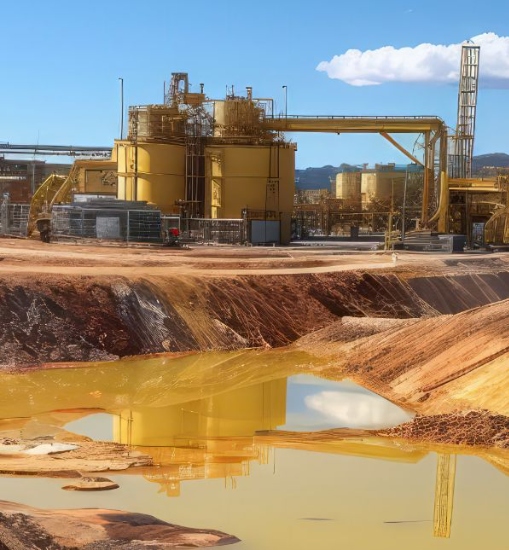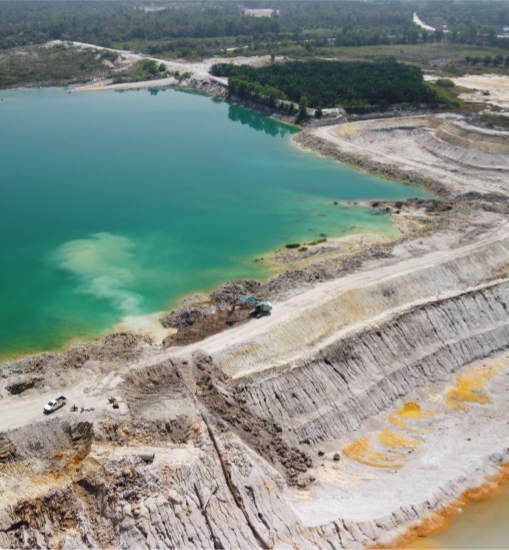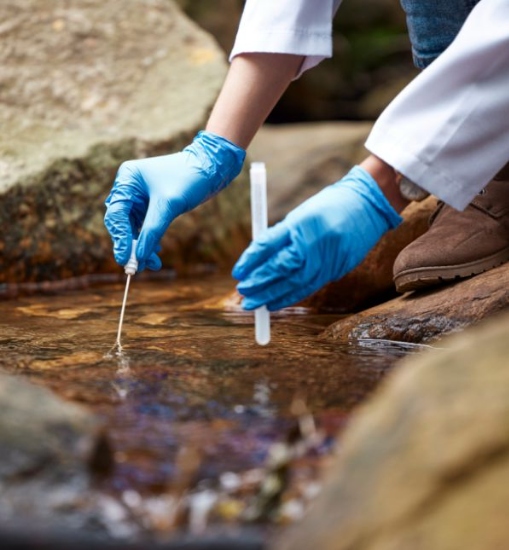
Meet the world’s first truly sustainable solution to metal supply deficits
Draslovka's patented Glycine Leaching Technology (GLT) helps mines extract metals in a way that is;
- more environmentally friendly,
- more cost-effective,
- and safer.
GLT assists in extending the life of your assets, reducing cut-off grades, and enabling recovery from tailings.
Current Commercial Applications
GlyCat™ for precious metals
Reduces processing costs
Provides ESG benefits
Reduces NaCN consumption
GlyLeach™ for base metals
Improves production
Replaces harmful reagents
Unlocks new production

Reduces processing costs

Reduces reagent consumption

Improves ESG footprint

Reduces detoxification
GLT is the most cost-effective and environmentally sustainable way to produce precious metals and critical minerals.
Glycine is a cost effective and non-toxic amino acid that is fully bio-degradable.
As an environmentally friendly and stable reagent, glycine is easily metabolized by living organisms and plants. In fact, it is used as a food additive for both humans and animals.
Glycine is unique in its ability to selectively leach certain base and precious metals. It isn’t chemically consumed, so it’s recoverable and recyclable – providing a major cost advantage.







